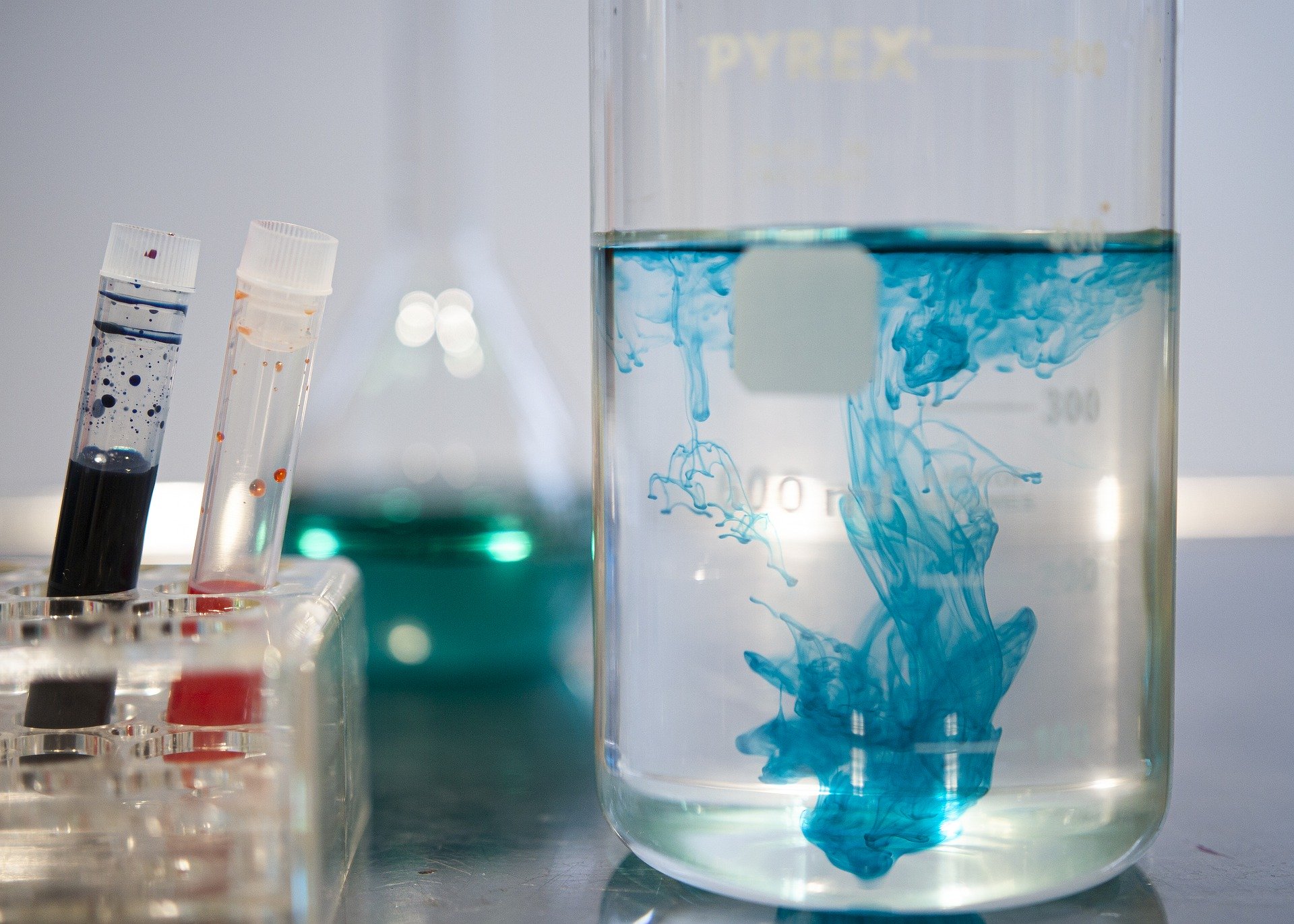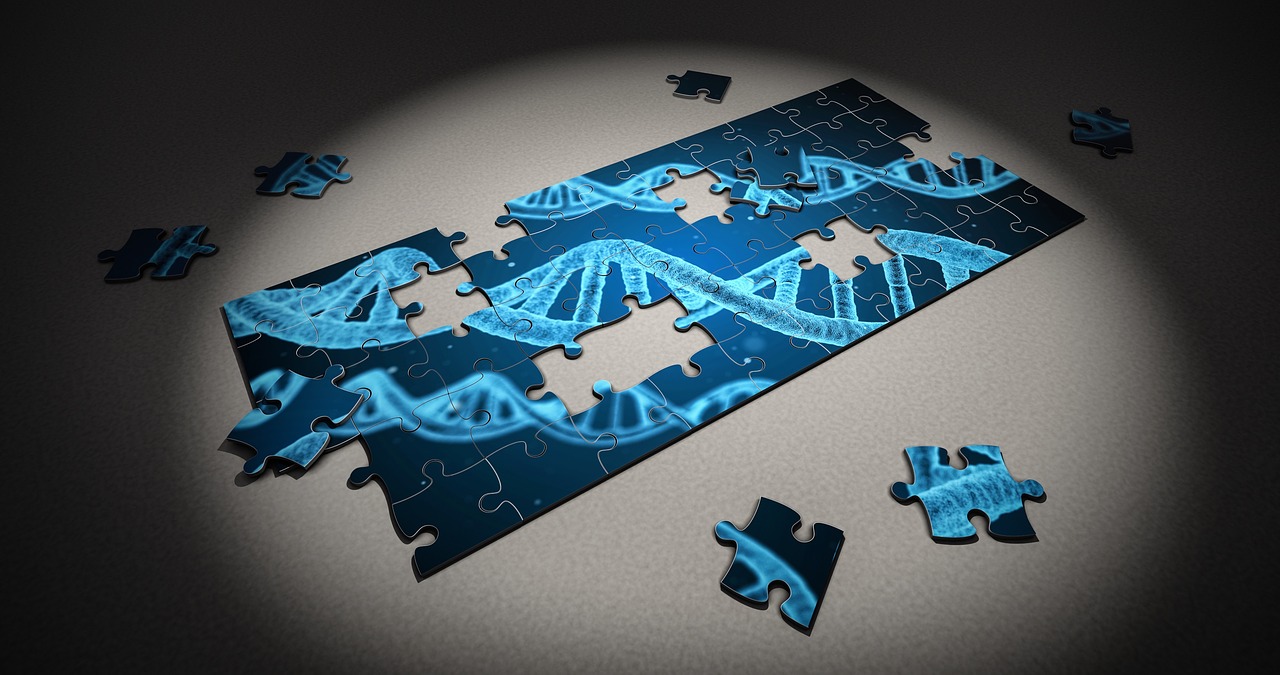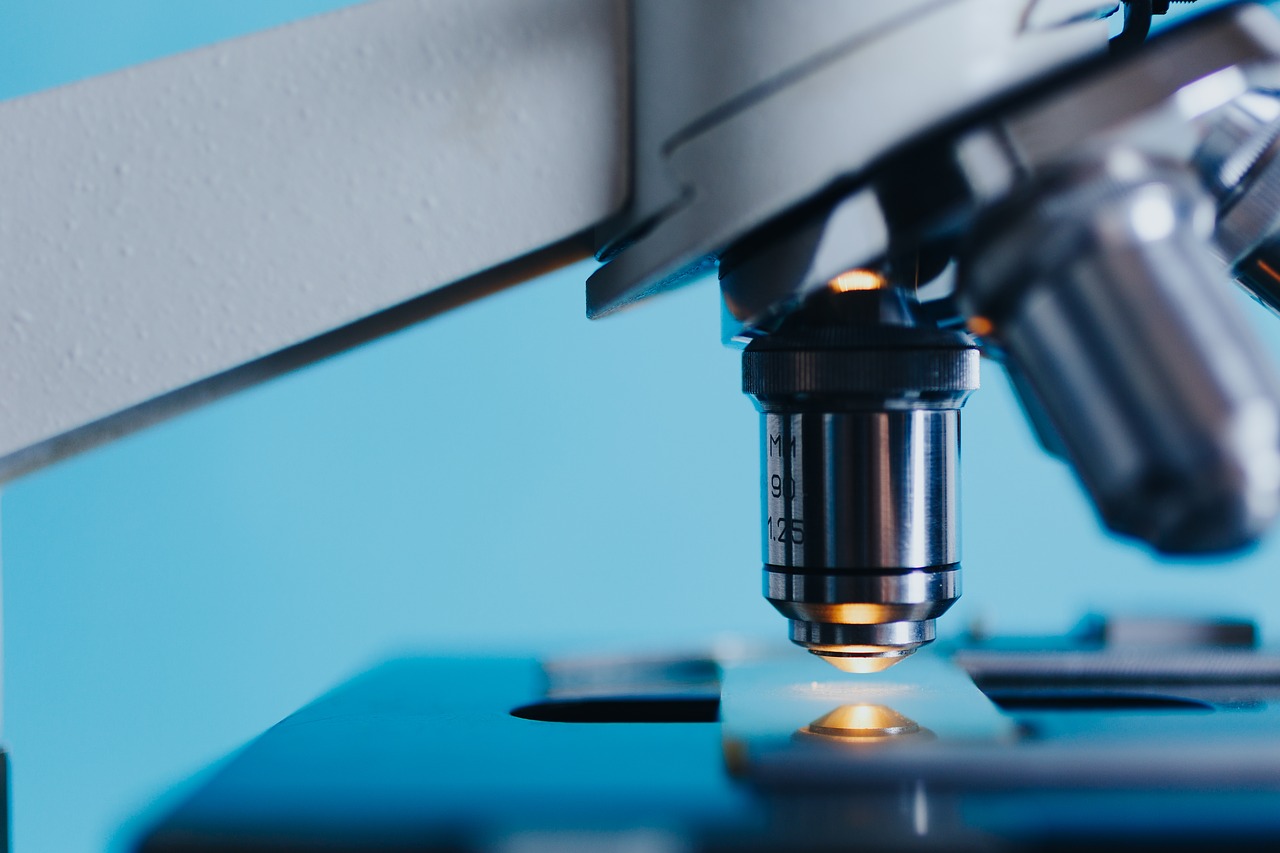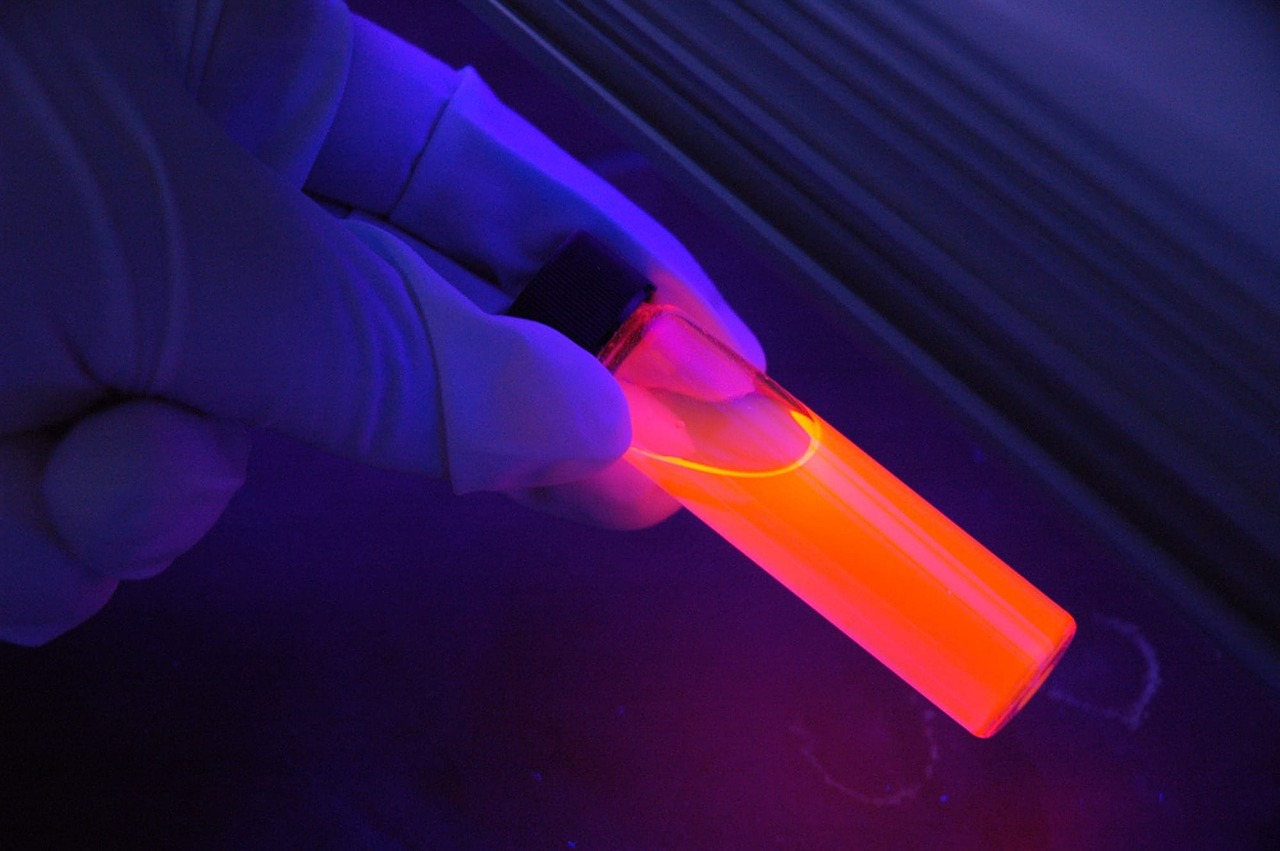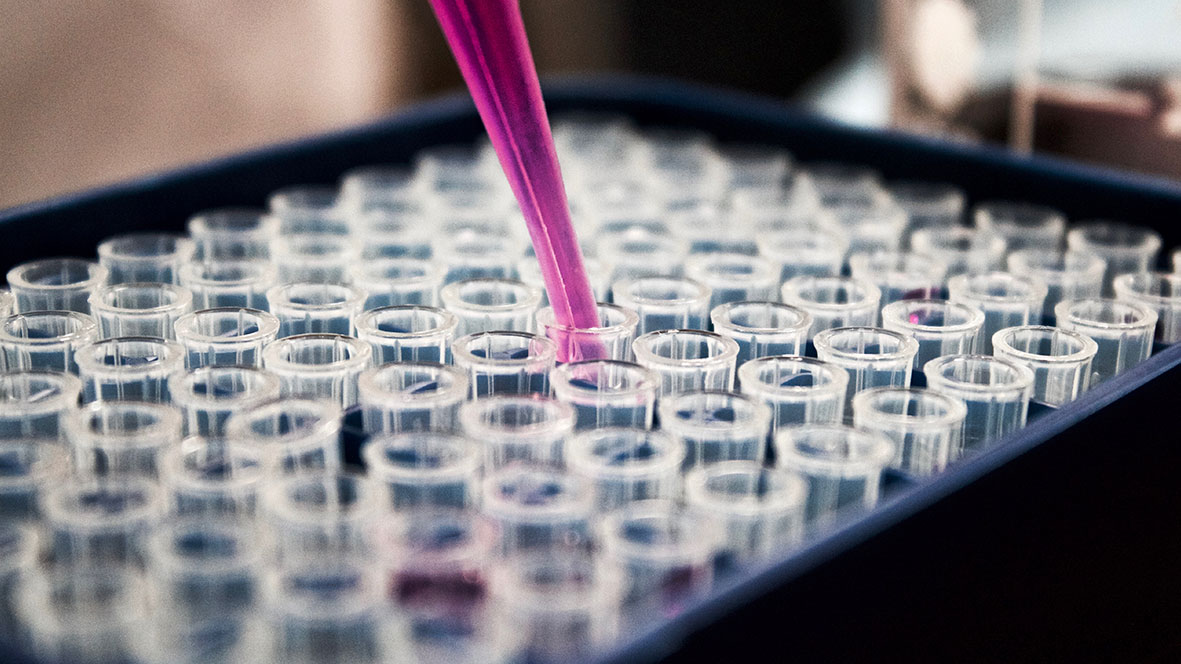OLD-HEPAMARKER

Ageing increases the risk of a serie of liver diseases, including nonalcoholic fatty liver disease (NAFLD) and associated comorbidities. Due to the increase in life expectancy, it is expected that the prevalence of NAFLD will continue to increase in the general population, which entails significant medical and non-medical costs (direct costs), loss of productivity (indirect costs) and a decrease in the quality of life (intangible costs).
Liver biopsy continues to be the most reliable method for the diagnosis of NAFLD, in particular to distinguish between relatively benign (steatosis) and severe (nonalcoholic steatohepatitis (NASH)) stages. Due to its invasive nature, the procedure is of particular concern in the elderly population, so the identification of specific non-invasive biomarkers is impatiently awaited.
The main objective of this Spain-Portugal collaborative project is the identification of biomarkers of diagnosis and progression of liver pathologies, with particular application to the elderly population, since it is the one that most needs early therapeutic interventions and as personalized as possible.
The research team of Salamanca, in Project 1, "Serum metabolomic analysis for the detection of preneoplastic liver damage in people with frailty increased by age", whose Main Investigator is Dr. Rocío I. Rodríguez Macías of the University of Salamanca, will conduct a validation study focused on elderly people (> 60 years) to analyze the usefulness of these biomarkers in the detection of neoplastic lesions in a particularly fragile population.
And Project 2, "MicroRNAs as diagnostic biomarkers of the evolution of liver damage and role in disease in elderly patients", led by Dr. Rui Eduardo Castro of the University of Lisboa, will use the same serum samples from patients> 60 years to determine the expression of circulating miRNAs and correlate it with clinical data to identify potential biomarkers of the disease.

